Home>Technology>Smart Home Devices>How To Remove Printer Ink From Carpet
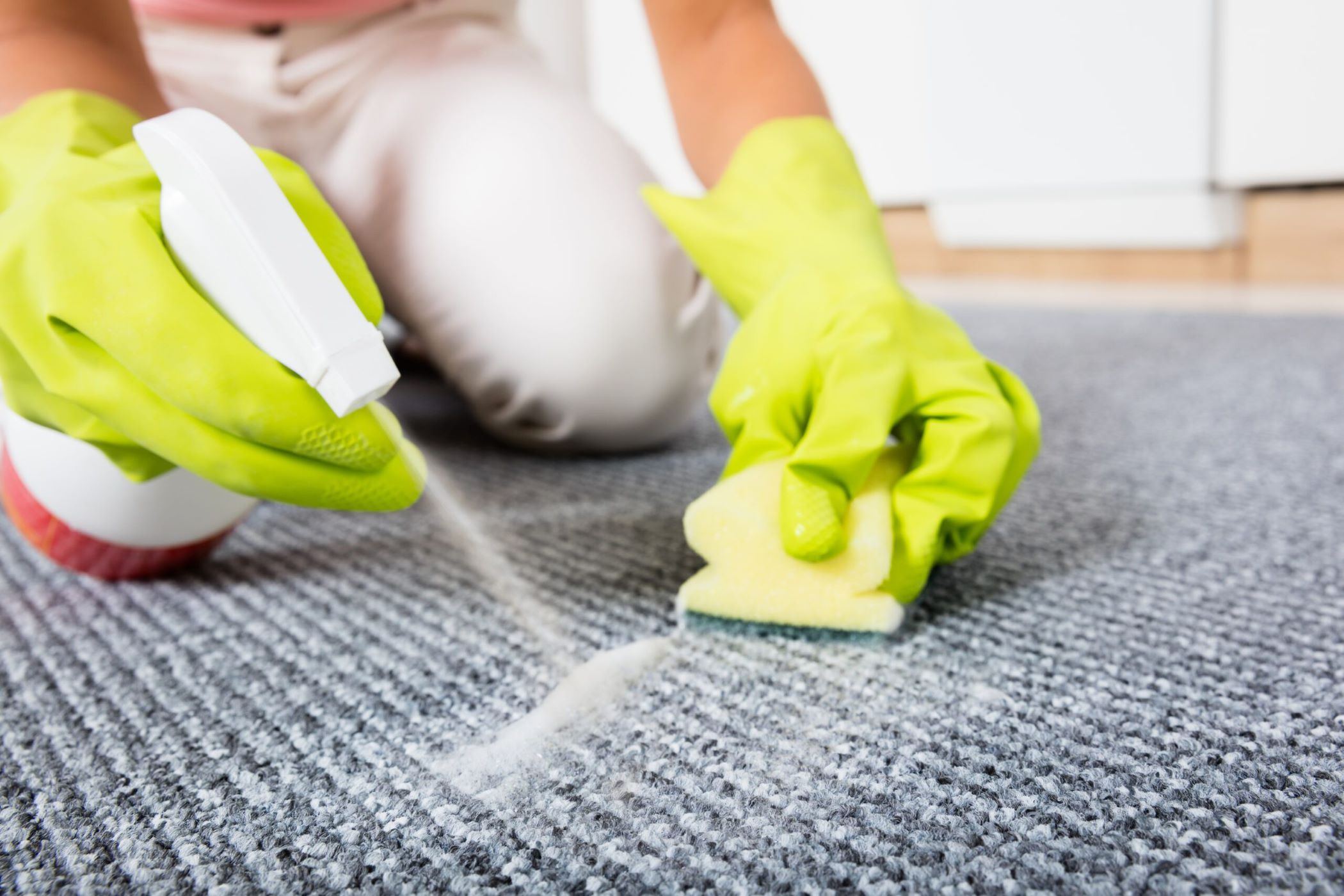

Smart Home Devices
How To Remove Printer Ink From Carpet
Modified: January 19, 2024
Learn effective methods for removing printer ink stains from your carpet using smart home devices. Keep your carpet clean and spotless with these expert tips!
(Many of the links in this article redirect to a specific reviewed product. Your purchase of these products through affiliate links helps to generate commission for Storables.com, at no extra cost. Learn more)
Introduction
Dealing with printer ink stains on the carpet can be a daunting task, but fear not! With the right materials and techniques, you can effectively remove the ink without causing damage to your carpet. Whether it's a small accidental spill or a larger ink mishap, taking swift action is crucial in preventing the stain from setting and becoming a permanent eyesore. In this comprehensive guide, we'll walk you through the step-by-step process of removing printer ink from your carpet, ensuring that your flooring remains pristine and ink-free. Let's dive into the materials you'll need and the effective methods to tackle this pesky problem head-on.
Key Takeaways:
- Swiftly blot ink stains with white cloths and rubbing alcohol, then apply dish soap solution and rinse thoroughly. Patience and gentle blotting are key to restoring your carpet to its pristine condition.
- Act promptly, use the right materials, and follow the step-by-step process to effectively remove printer ink from your carpet. With patience and care, your flooring can be ink-free once again.
Read more: How To Remove Ink Stains From Carpet
Materials Needed
Before you begin the ink removal process, it’s essential to gather the following materials:
- White cloths or paper towels
- Rubbing alcohol
- Dish soap
- Bowl
- Water
- Spray bottle
- Vacuum cleaner
These simple yet effective items will play a crucial role in eradicating the ink stain from your carpet. Now that you have all the necessary materials at your disposal, let’s proceed to the step-by-step ink removal process.
Step 1: Blot the Stain
Upon discovering the printer ink spill on your carpet, it’s important to act swiftly. The first step in this process is to gently blot the stain with a white cloth or paper towel. Avoid rubbing the stain, as this can cause the ink to spread and penetrate deeper into the carpet fibers. Instead, apply gentle pressure to absorb as much ink as possible. Start from the outer edges of the stain and work your way towards the center to prevent the ink from spreading further.
Continue blotting until no more ink transfers onto the cloth. It’s crucial to refrain from using colored or dyed cloths, as these may transfer their color onto the carpet, exacerbating the issue. By promptly blotting the stain, you can effectively minimize the ink’s impact before proceeding to the next step.
Remember, patience is key during this process. Avoid the temptation to rush, as hasty movements can inadvertently worsen the situation. With the initial blotting complete, you’re now ready to move on to the next step in the ink removal process.
Step 2: Apply Rubbing Alcohol
Once you’ve completed the initial blotting, it’s time to introduce rubbing alcohol to the ink stain. This household staple is renowned for its effectiveness in breaking down ink and facilitating its removal from various surfaces, including carpets.
To begin, dampen a clean white cloth or paper towel with rubbing alcohol. It’s important to use white materials to avoid the risk of color transfer onto the carpet. Gently dab the ink stain with the alcohol-dampened cloth, starting from the outer edges and working towards the center. As you apply the rubbing alcohol, you should begin to notice the ink transferring from the carpet onto the cloth.
Continue this process, frequently rotating to a clean section of the cloth to prevent reapplying the ink onto the carpet. The rubbing alcohol works to dissolve and lift the ink, gradually diminishing the intensity of the stain. Exercise patience and refrain from vigorous rubbing, as this can damage the carpet fibers.
As the rubbing alcohol penetrates the ink stain, you may observe the ink transferring onto the cloth, signifying progress in the removal process. This method is particularly effective for addressing fresh ink spills, but it can also yield positive results for older stains. Once you’ve diligently applied the rubbing alcohol and witnessed a significant reduction in the ink stain, you’re ready to proceed to the next step in the ink removal process.
Step 3: Blot with a Clean Cloth
After applying rubbing alcohol to the ink stain, the next crucial step involves blotting the affected area with a clean cloth or paper towel. This process serves to absorb the loosened ink and residual rubbing alcohol, further aiding in the removal of the stain.
Using a fresh white cloth, gently blot the treated area, focusing on lifting the dissolved ink and excess moisture from the carpet fibers. It’s important to continue blotting until minimal to no ink is being transferred onto the cloth. This method helps to extract the ink and rubbing alcohol from the carpet, gradually diminishing the visibility of the stain.
As you blot the area, periodically assess the progress and adjust your technique as needed. If the stain persists, consider applying additional rubbing alcohol and repeating the blotting process until the desired results are achieved. Exercise patience and avoid rushing through this step, as thorough blotting is essential for effective ink removal.
By diligently blotting the treated area with a clean cloth, you’ll contribute to the gradual disappearance of the ink stain, paving the way for subsequent steps in the ink removal process. With the ink and excess moisture successfully lifted from the carpet, you’re now prepared to advance to the next stage of stain eradication.
Blot the ink stain with a clean cloth to absorb as much ink as possible. Then, mix 1 tablespoon of dish soap with 2 cups of warm water and blot the stain with the solution. Repeat until the stain is gone, then rinse with water and blot dry.
Read more: How To Remove Ink From Ecotank Printer
Step 4: Apply Dish Soap Solution
As you progress in the ink removal process, the application of a dish soap solution serves as a pivotal step in further breaking down the ink residue and treating the affected carpet fibers. The gentle yet effective nature of dish soap makes it an ideal candidate for this stage of the stain removal process.
To create the dish soap solution, begin by mixing a small amount of mild liquid dish soap with water in a bowl. Stir the solution gently to ensure thorough integration without creating excessive suds. Once the solution is prepared, transfer it to a spray bottle for convenient application to the ink-stained area.
With the dish soap solution ready, lightly mist the affected area with the solution, ensuring even coverage over the ink stain. This step aims to further break down the remaining ink residue and lift it from the carpet fibers. Following the application of the solution, allow it to sit for a few minutes to facilitate its interaction with the ink stain.
After the brief waiting period, utilize a clean, white cloth to gently blot the treated area, absorbing the dissolved ink and dish soap solution. Exercise caution to avoid excessive scrubbing, as this can damage the carpet fibers. Instead, focus on blotting and lifting the ink residue from the carpet, gradually reducing the visibility of the stain.
With the dish soap solution effectively aiding in the ink removal process, you’re one step closer to restoring your carpet to its pristine condition. The gentle yet potent nature of this solution contributes to the gradual disappearance of the ink stain, setting the stage for the subsequent steps in the comprehensive ink removal process.
Step 5: Rinse the Area
Following the application of the dish soap solution and the subsequent blotting, it’s imperative to thoroughly rinse the treated area to remove any residual ink and cleaning agents from the carpet fibers. This crucial step ensures that the carpet is left clean and free from lingering residues.
To commence the rinsing process, fill a spray bottle with clean water and lightly mist the treated area, ensuring comprehensive coverage. This gentle rinsing action serves to dilute and remove the remaining dish soap solution and any residual ink, effectively purifying the carpet fibers.
After applying the water, utilize a clean white cloth to blot the area, absorbing the diluted cleaning agents and residual ink. This method aids in lifting the remaining traces of the ink stain and ensures that the carpet is thoroughly cleansed. It’s important to continue blotting until minimal to no residue is transferred onto the cloth, signifying the successful removal of the ink and cleaning agents.
As you proceed with the rinsing and blotting process, periodically assess the treated area to gauge the effectiveness of the rinsing action. If necessary, repeat the rinsing process to ensure the complete removal of any lingering residues. Thorough rinsing is essential to restore the carpet to its original state, free from ink and cleaning solution remnants.
By diligently rinsing the treated area and meticulously blotting to remove any residual traces, you contribute to the comprehensive eradication of the ink stain, setting the stage for the final step in the ink removal process.
Step 6: Dry the Carpet
As the ink removal process nears completion, the final step involves ensuring that the treated area of the carpet is thoroughly dried. Proper drying is essential to prevent the development of mold or mildew and to restore the carpet to its original texture and appearance.
To initiate the drying process, use a clean, dry white cloth or paper towels to gently blot the treated area. This action aids in absorbing excess moisture, promoting the evaporation of water and facilitating the drying of the carpet fibers. It’s important to continue blotting until the carpet feels only slightly damp to the touch, indicating the successful removal of moisture.
Following the initial blotting, allow the carpet to air dry naturally. Open windows or doors to promote air circulation, expediting the drying process. If possible, utilize fans to enhance airflow and accelerate the evaporation of moisture from the carpet. Avoid walking on the damp area until it is completely dry to prevent potential re-soiling or damage to the fibers.
Throughout the drying period, periodically assess the treated area to monitor its progress. Once the carpet is fully dried, conduct a visual inspection to ensure that the ink stain has been effectively removed and that the carpet has been restored to its original condition.
By diligently overseeing the drying process, you contribute to the successful culmination of the ink removal endeavor, ensuring that your carpet is free from both ink stains and residual moisture. With the carpet thoroughly dried and the ink stain effectively eradicated, you can revel in the restored beauty of your flooring.
Conclusion
Removing printer ink from your carpet may initially seem like a daunting task, but with the right materials and a systematic approach, it’s entirely achievable. By promptly addressing ink spills and following the step-by-step process outlined in this guide, you can effectively restore your carpet to its pristine condition, free from unsightly ink stains.
From the initial blotting to the application of rubbing alcohol, dish soap solution, and thorough rinsing, each step plays a pivotal role in gradually diminishing and ultimately eliminating the ink stain. The careful and patient execution of these methods ensures that the carpet fibers are treated with precision and care, minimizing the impact of the ink spill.
As you diligently progress through the ink removal process and culminate with the thorough drying of the carpet, you witness the transformation of a once-stained area into a spotless and rejuvenated segment of your flooring. The successful removal of the ink stain not only restores the carpet’s aesthetic appeal but also preserves its integrity and longevity.
By following the comprehensive approach outlined in this guide, you’ve not only conquered the challenge of ink stain removal but also gained valuable insights into maintaining the pristine condition of your carpet. With the right techniques and a proactive mindset, you can effectively address ink spills and various other carpet stains, ensuring that your flooring remains a testament to cleanliness and care.
Armed with the knowledge and expertise garnered from this guide, you’re well-equipped to tackle ink stains on your carpet with confidence and precision. As you revel in the restored beauty of your flooring, remember that swift action and meticulous attention to detail are the cornerstones of successful ink stain removal.
With your newfound expertise and the assurance of a pristine carpet, you can confidently navigate the realm of household maintenance, knowing that even the most stubborn ink stains are no match for your proactive approach and effective techniques.
Frequently Asked Questions about How To Remove Printer Ink From Carpet
Was this page helpful?
At Storables.com, we guarantee accurate and reliable information. Our content, validated by Expert Board Contributors, is crafted following stringent Editorial Policies. We're committed to providing you with well-researched, expert-backed insights for all your informational needs.

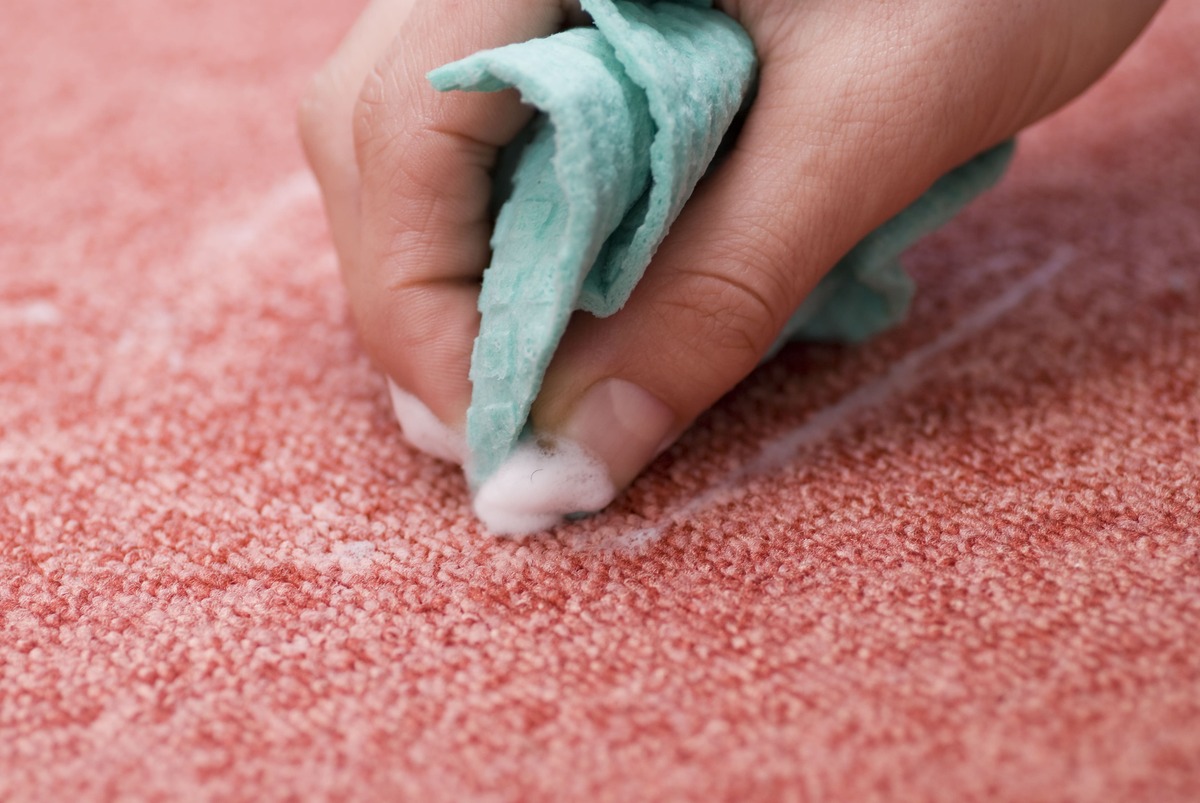

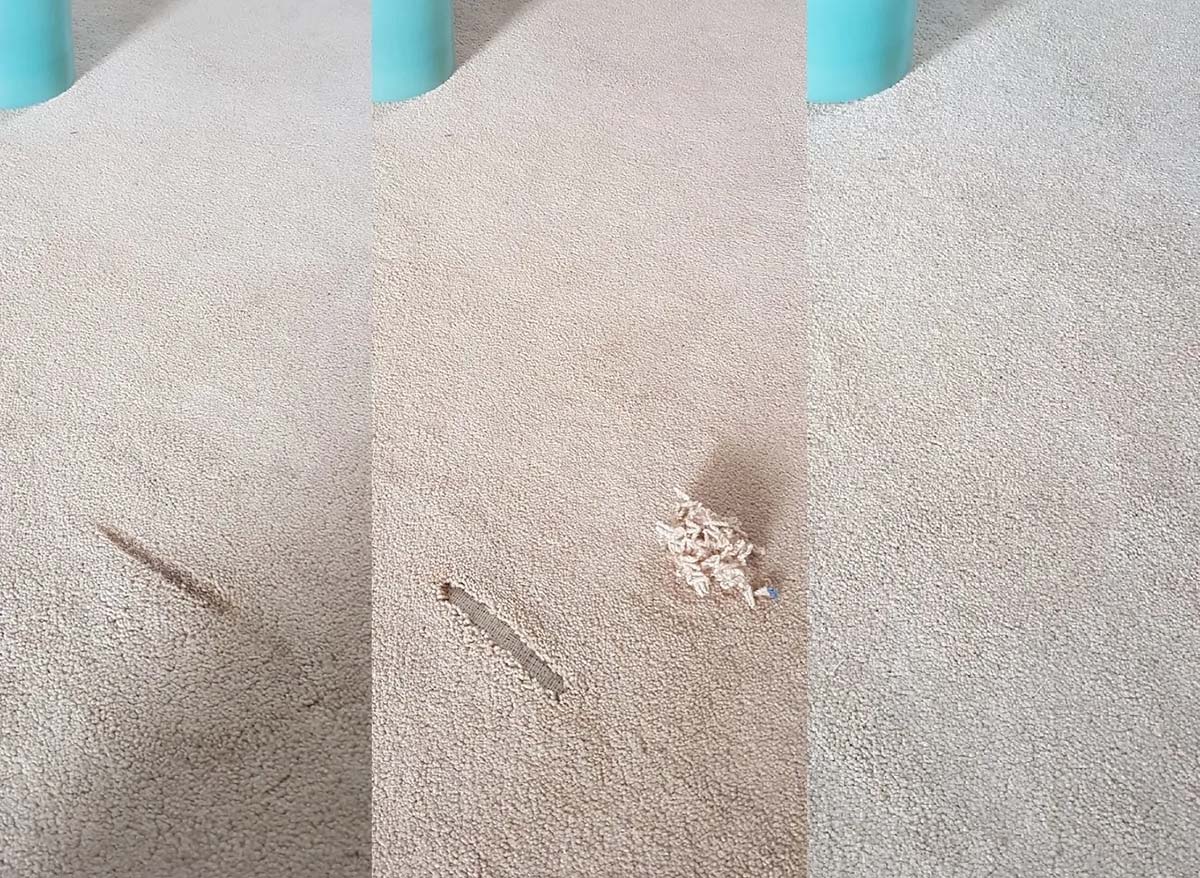
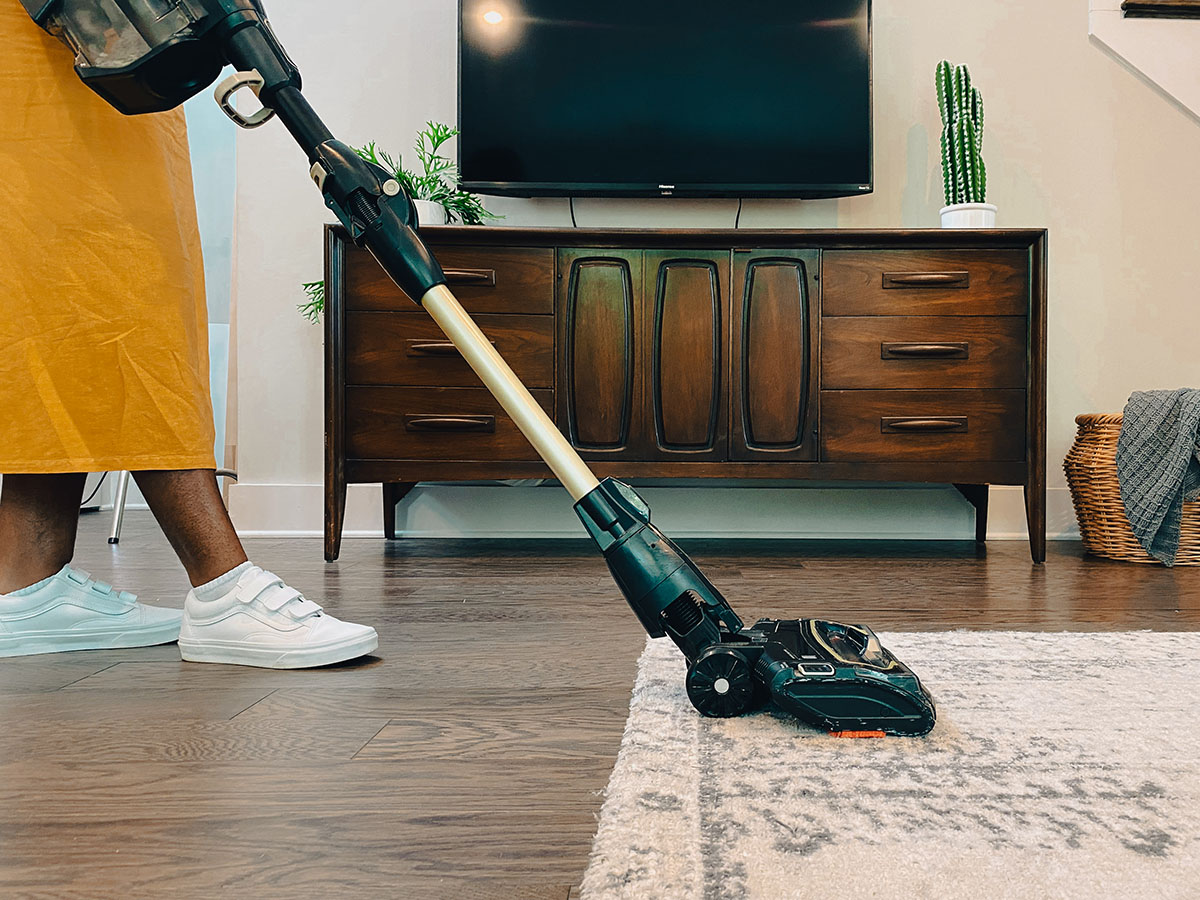
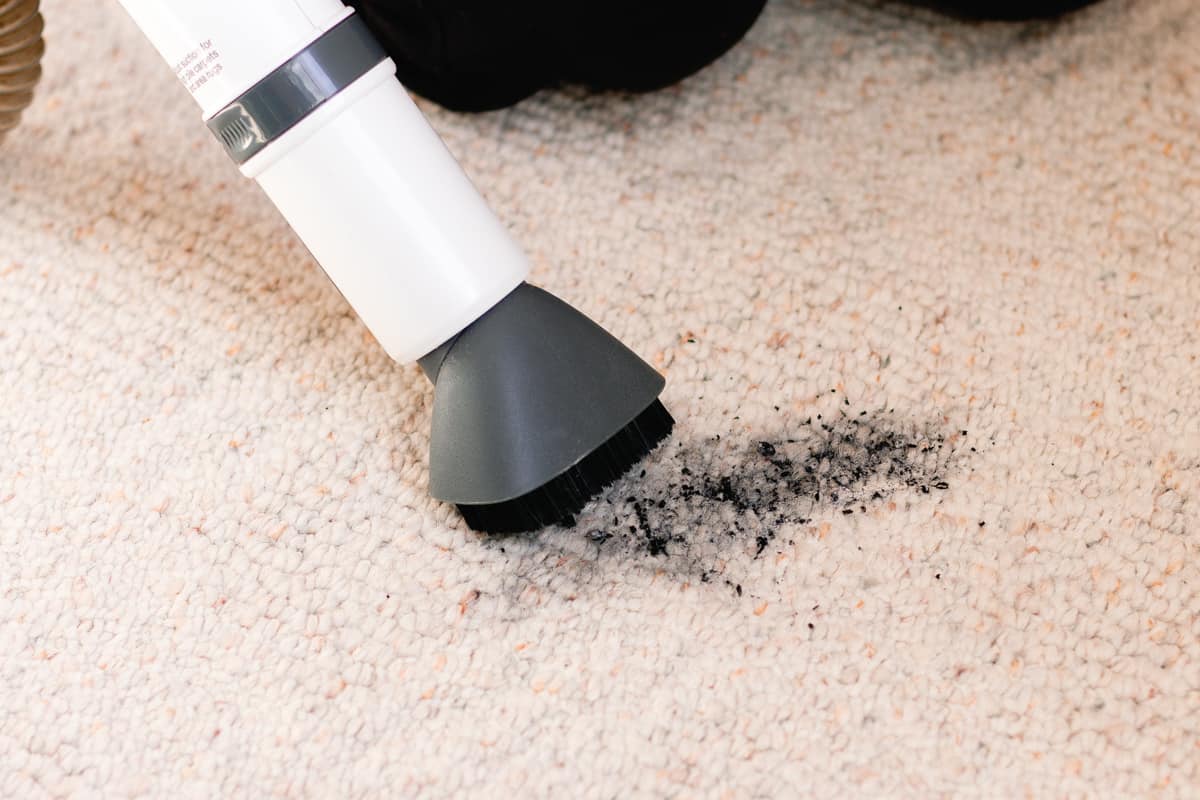
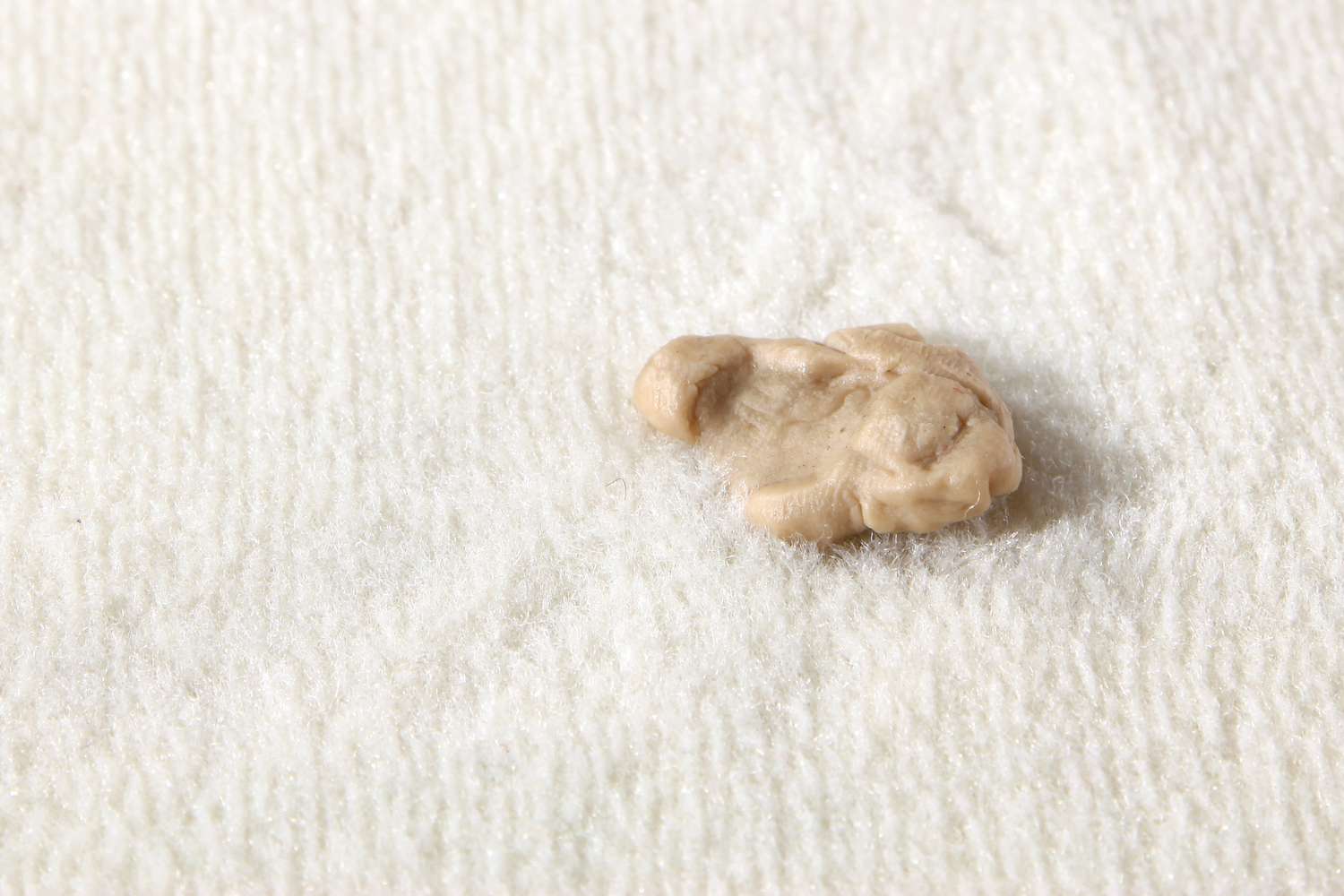
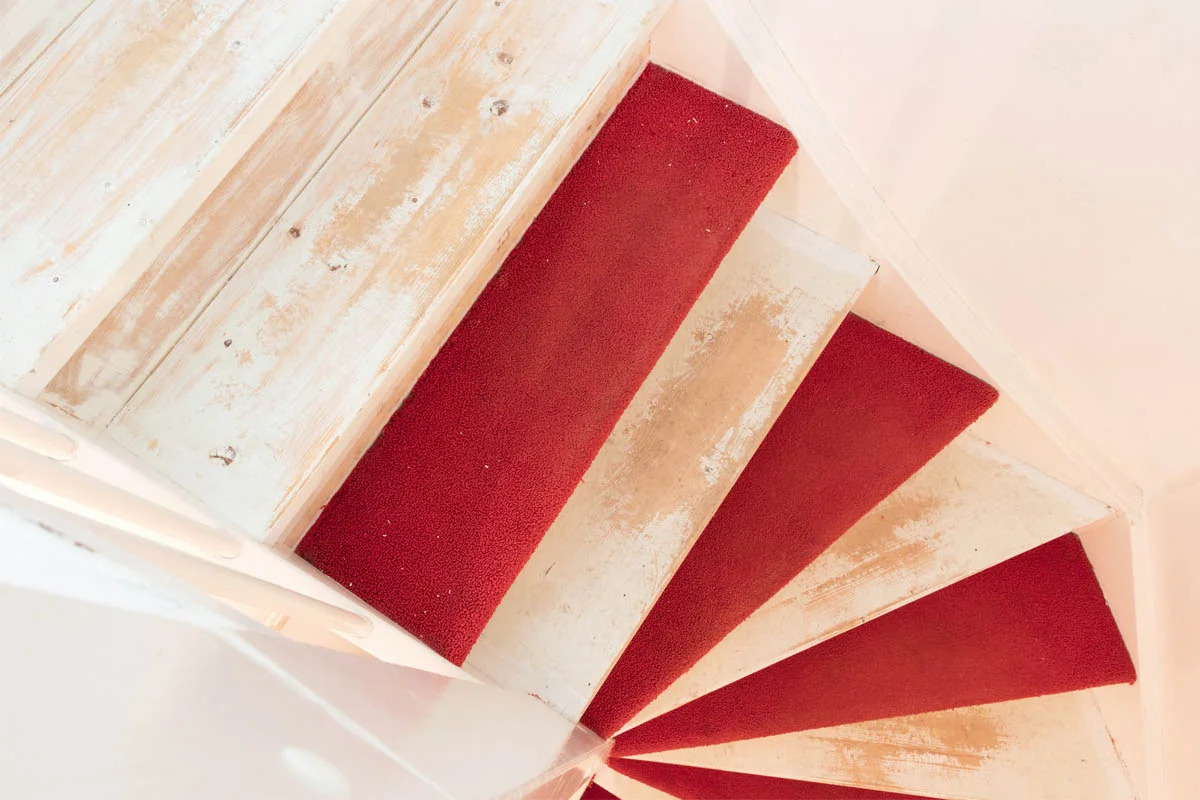
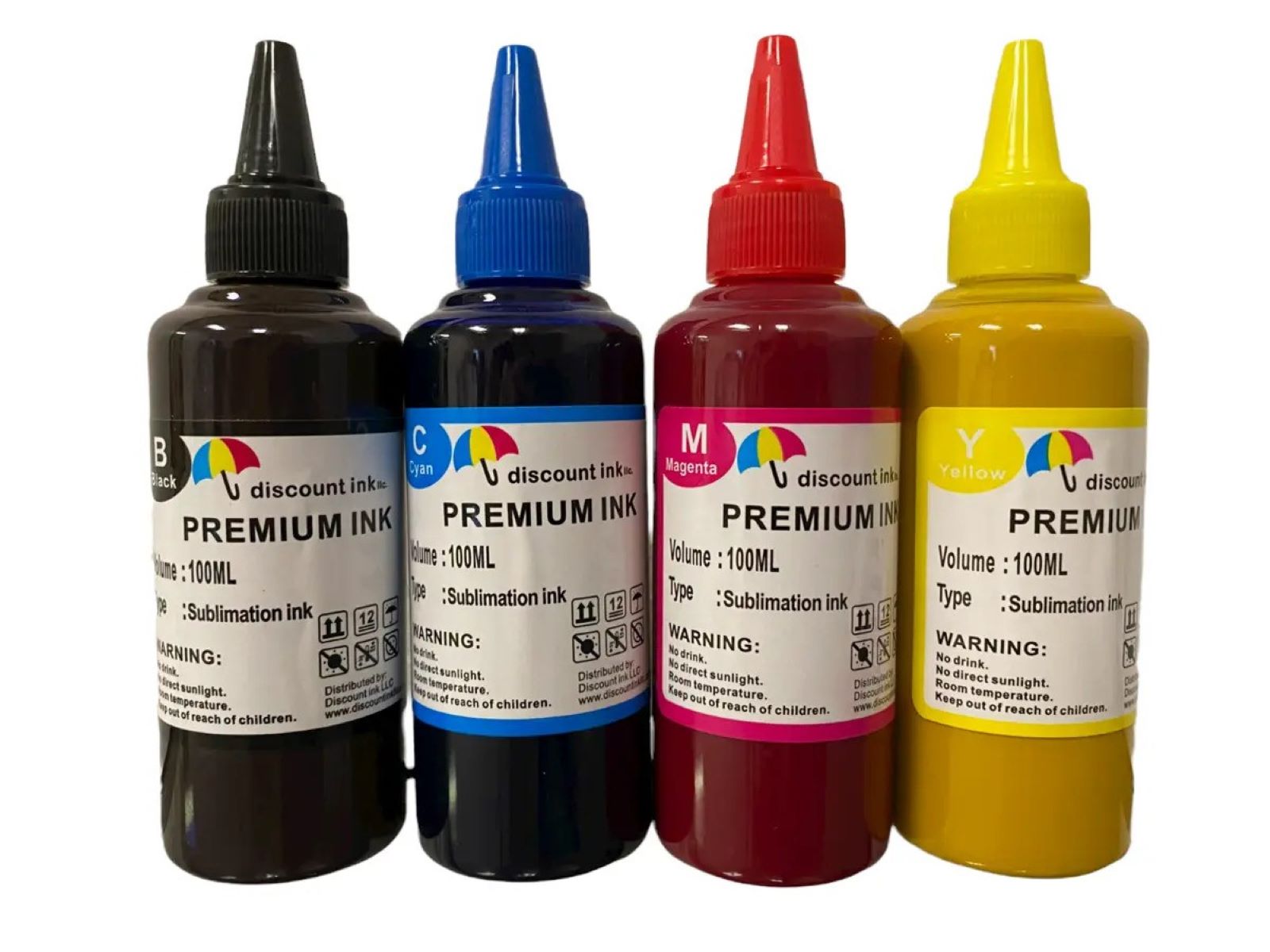
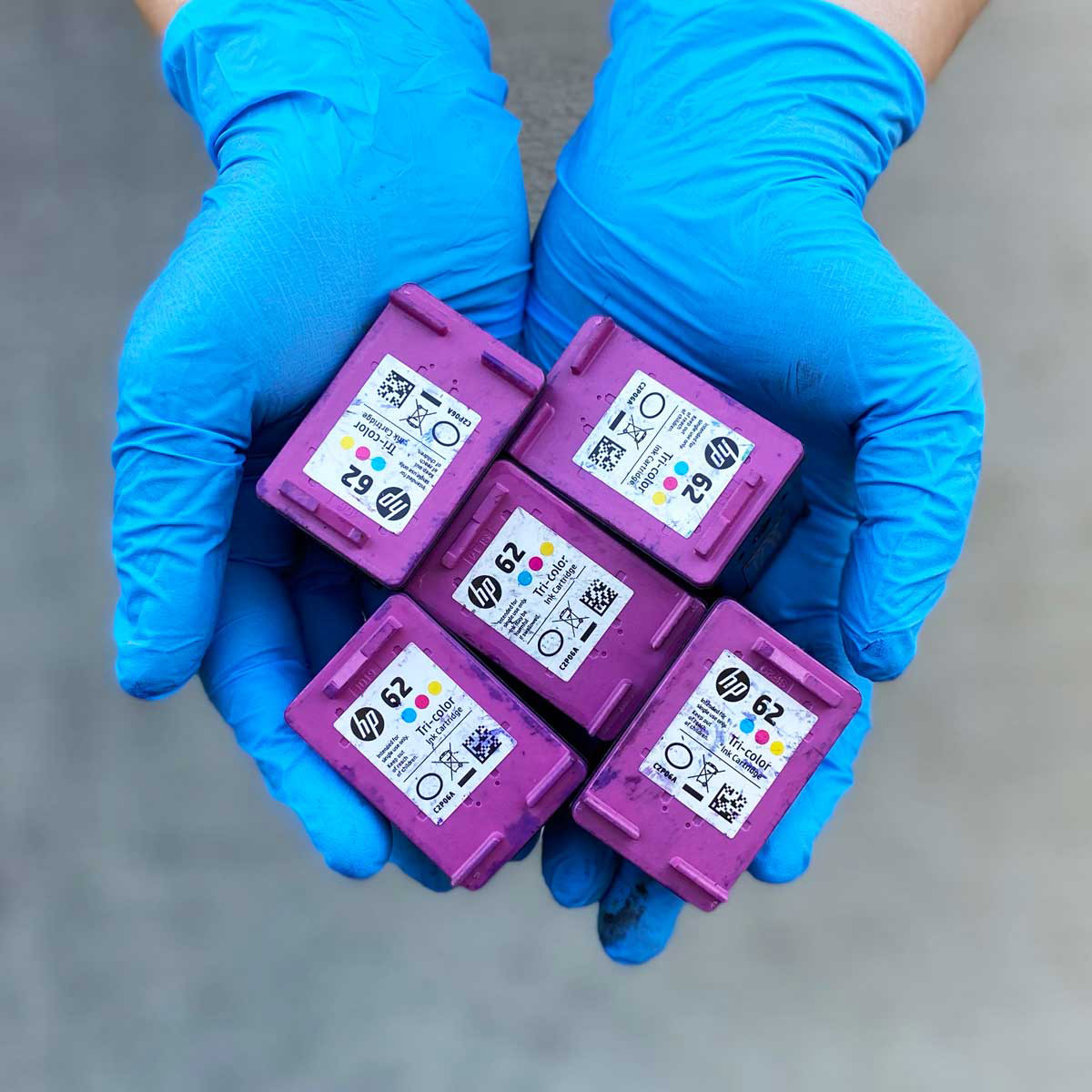
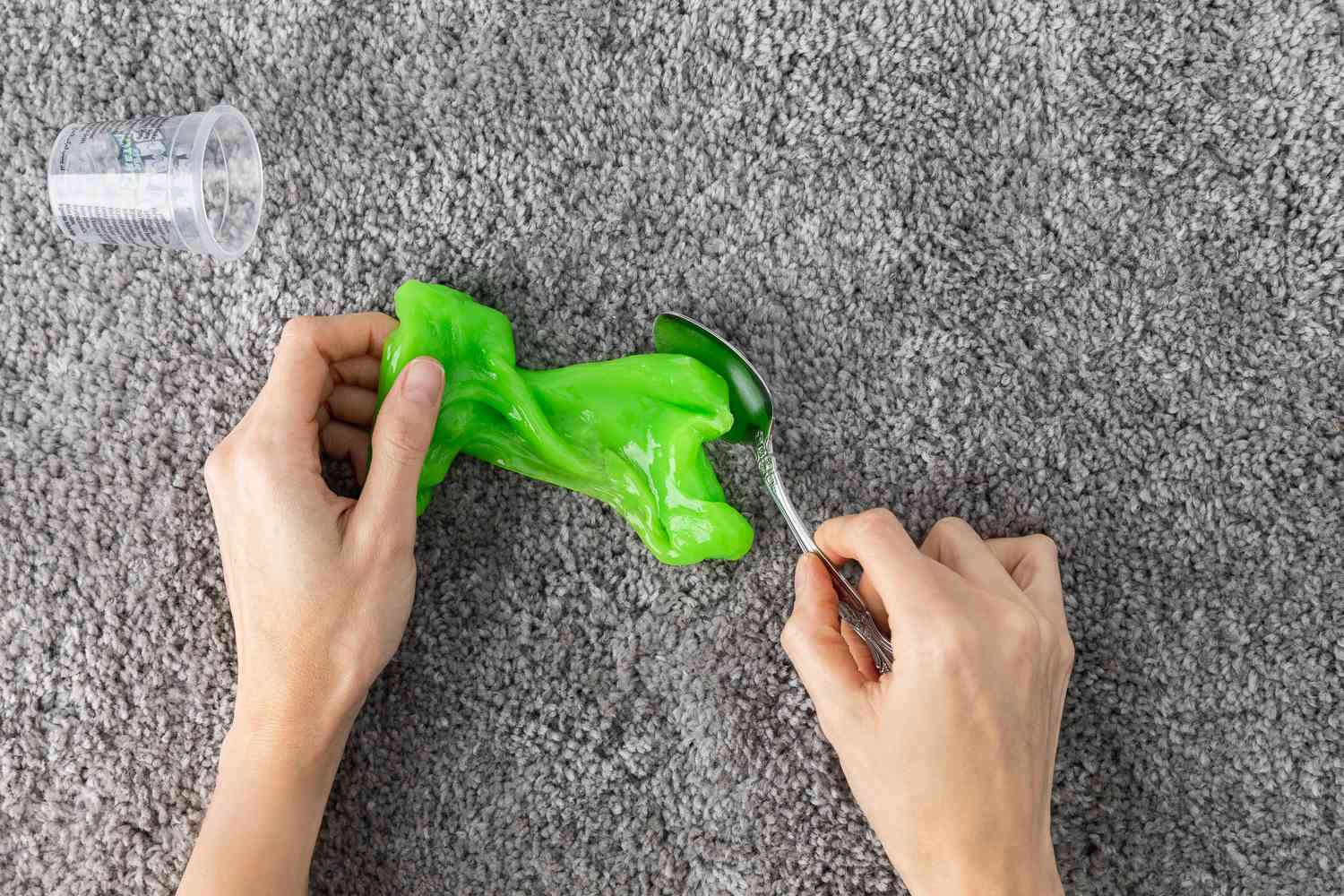
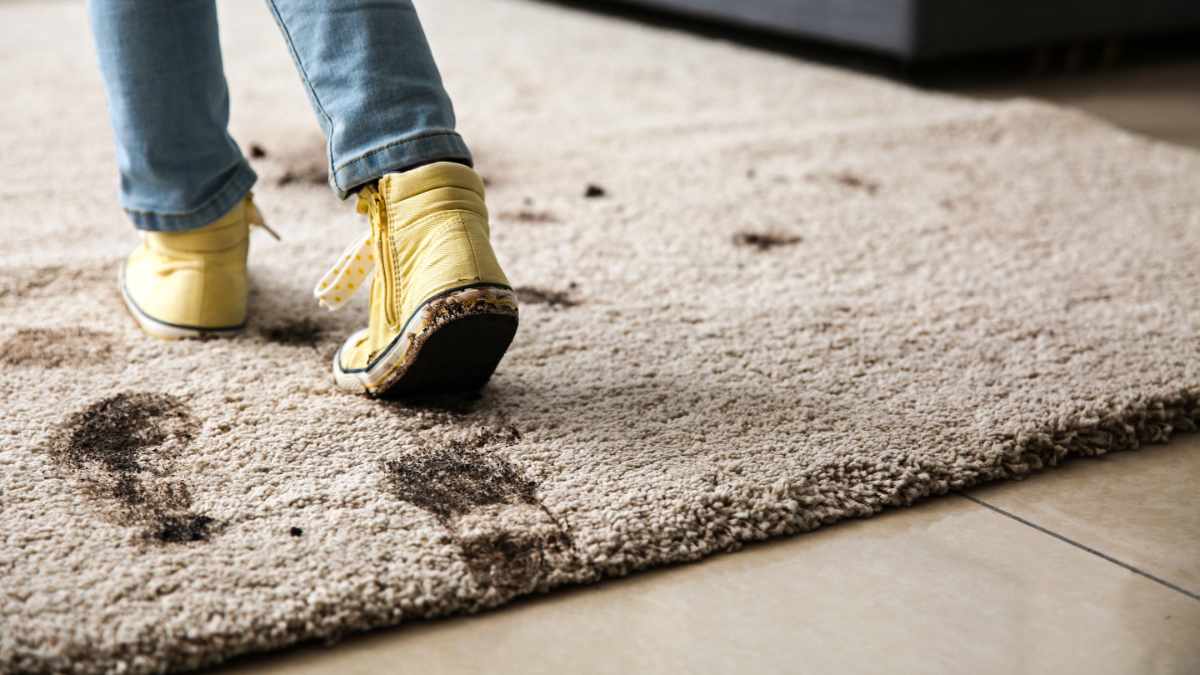
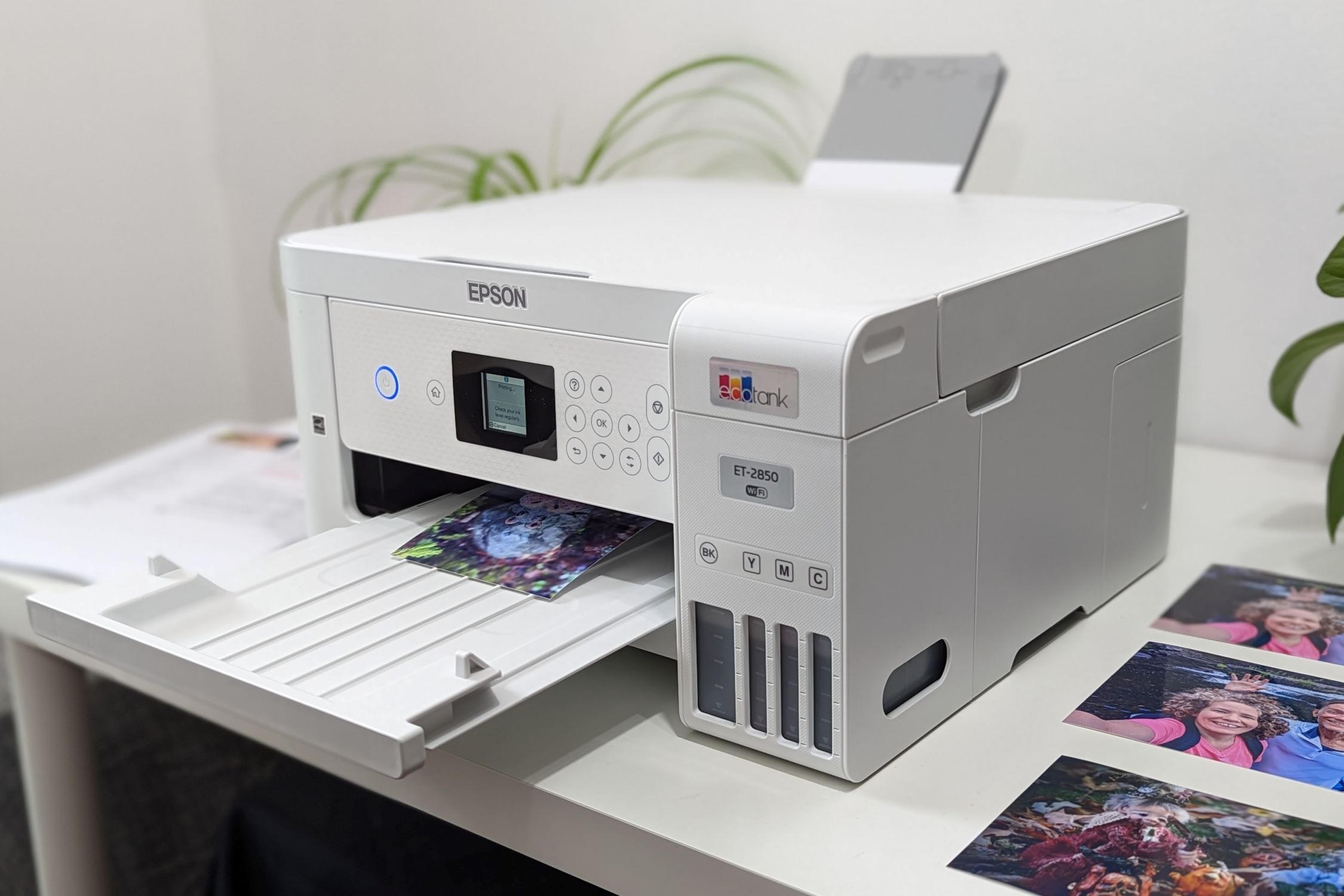
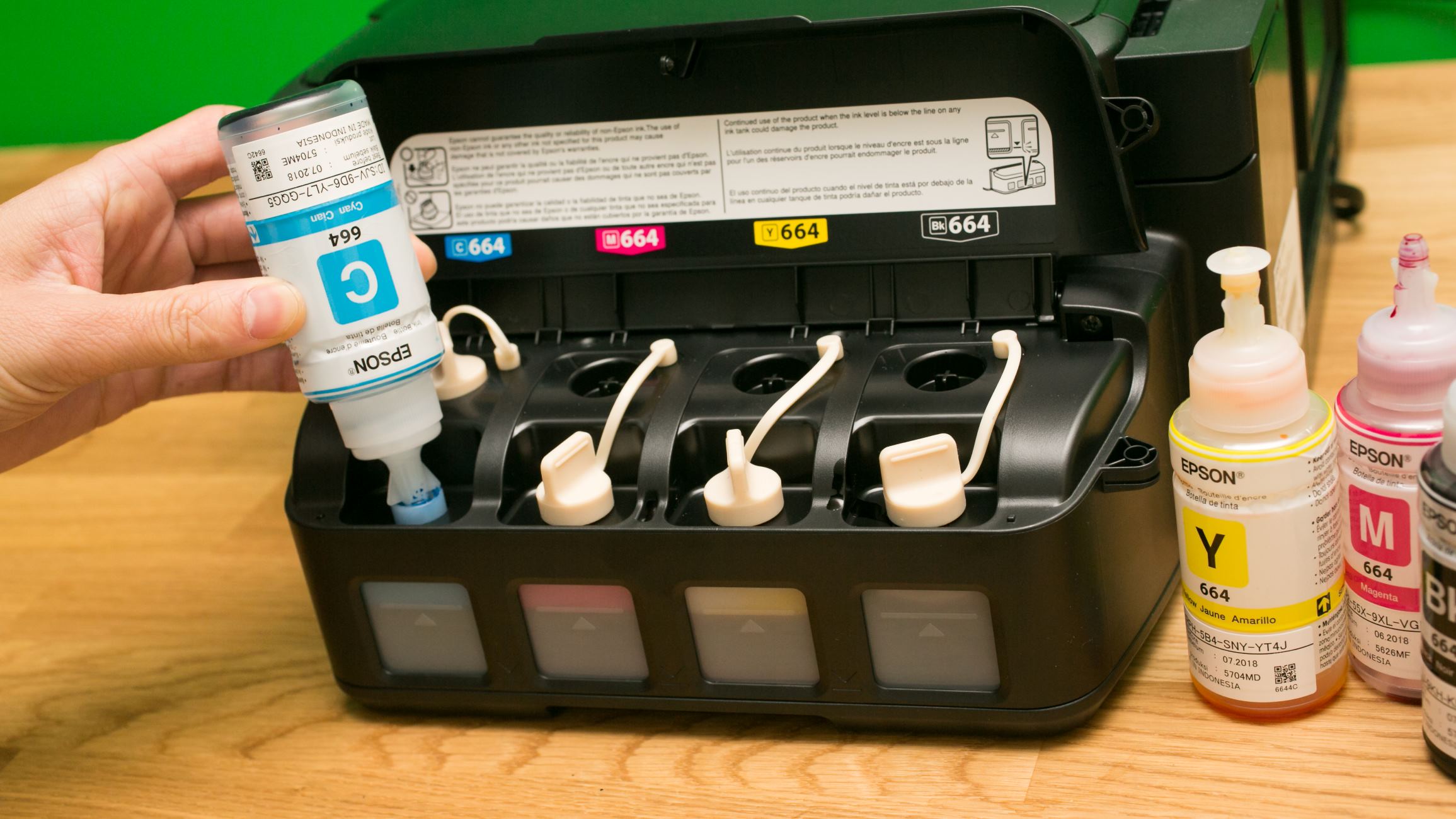

0 thoughts on “How To Remove Printer Ink From Carpet”